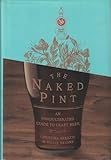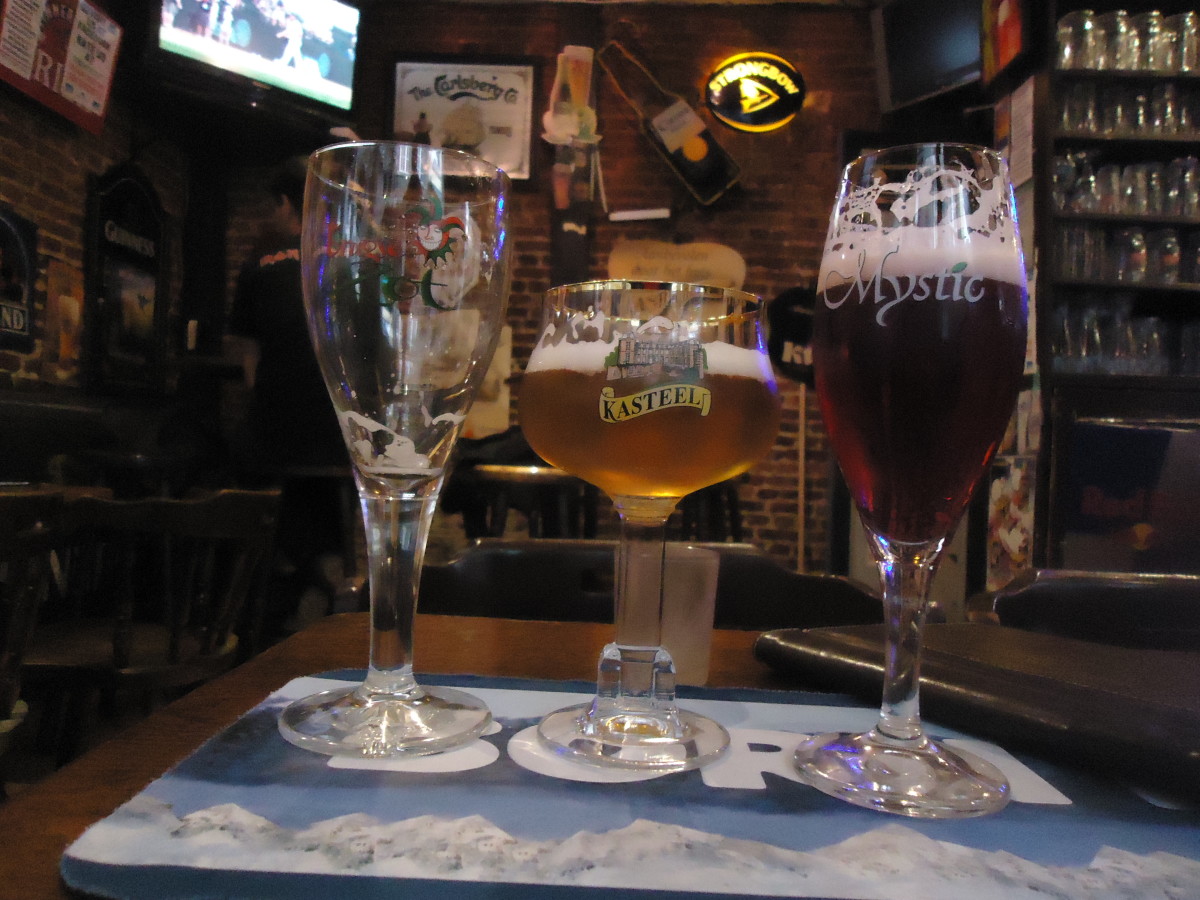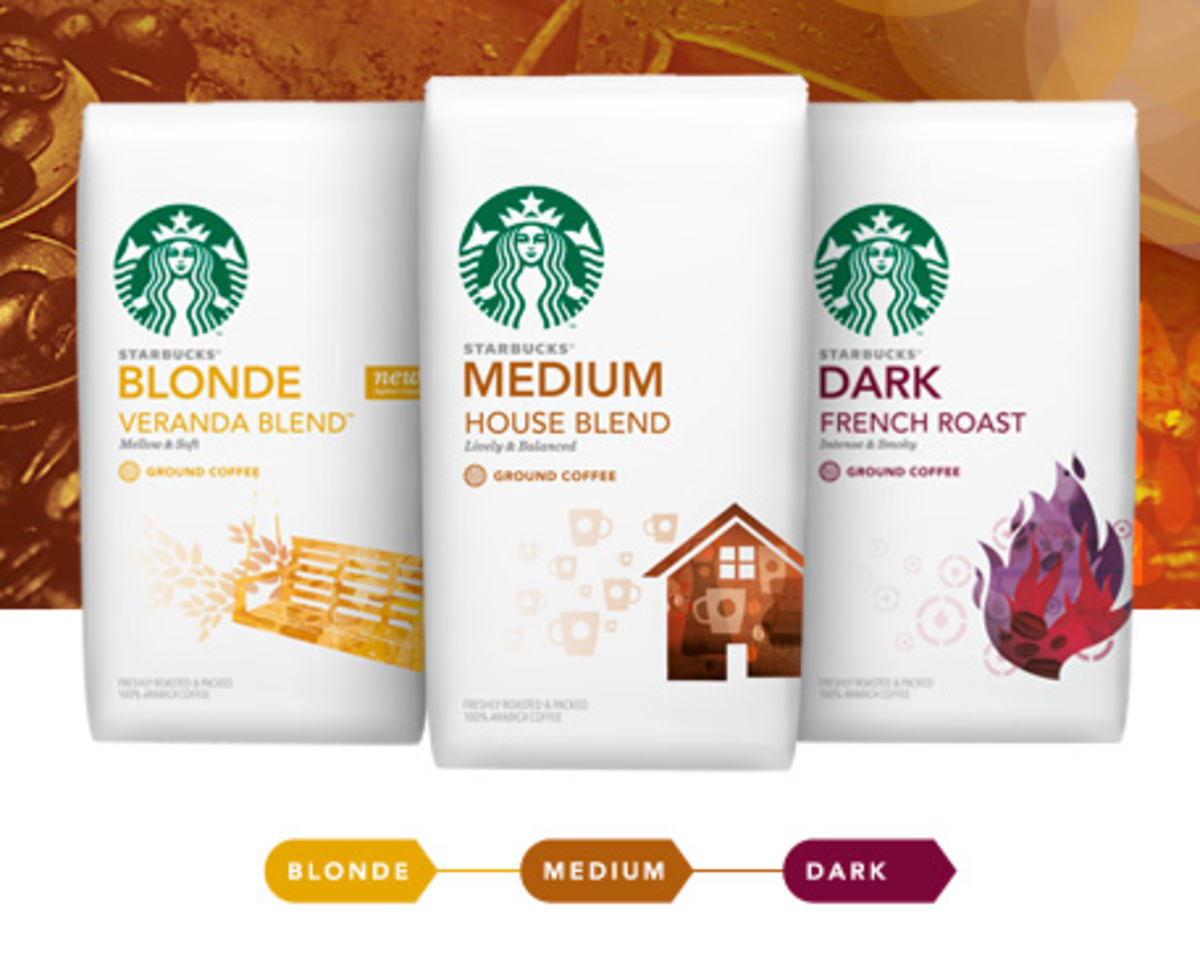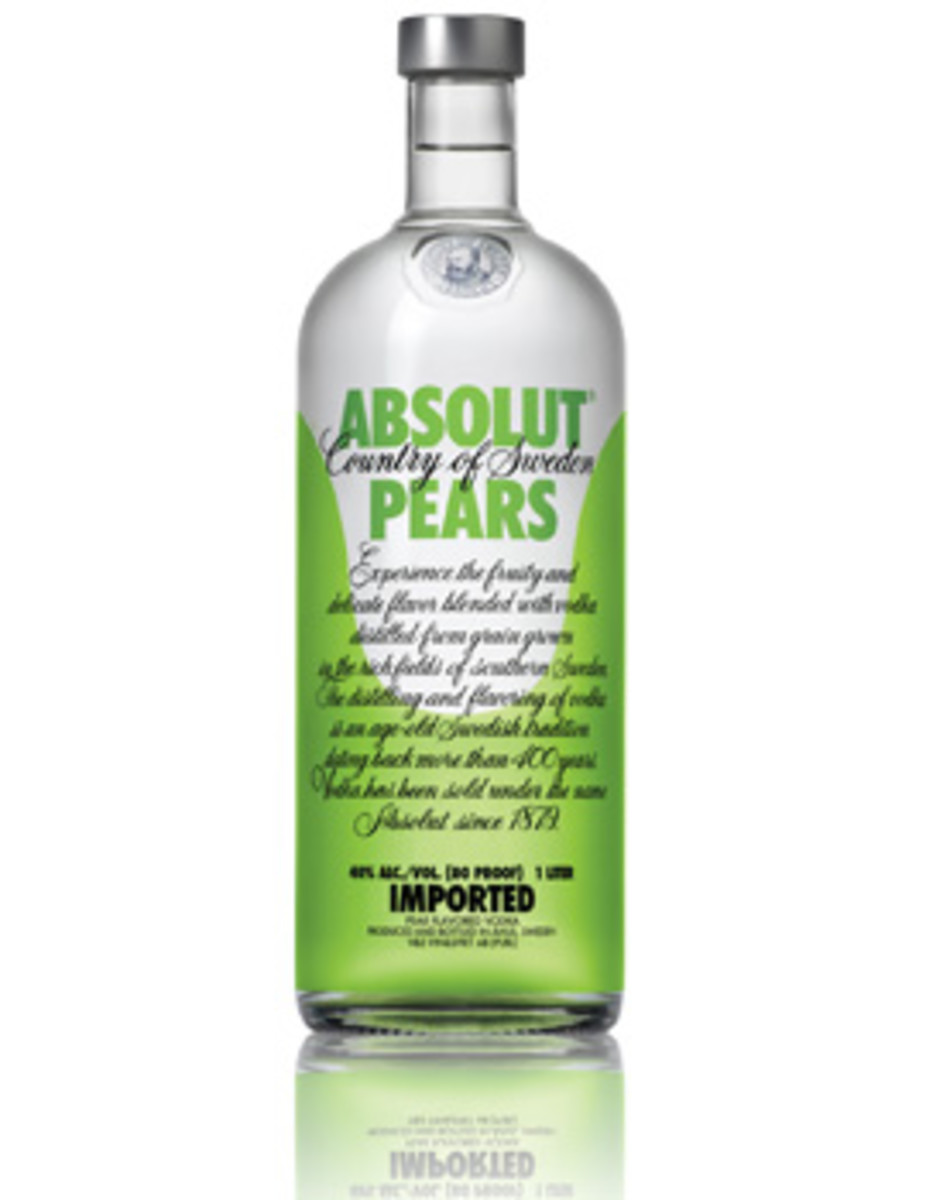Beer Appreciation
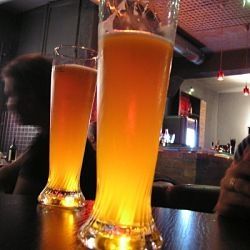
Time to Dipose the King of Beers
Enjoying a beer is more than just grabbing a cold beer out of the fridge, kicking up your feet and chugging a Bud. Any beer who's main selling point is "crisp, cold, and clean" should be ashamed. These are bywords that beer connoisseurs watch for in beers to avoid. A good beer should have a balanced taste, great colour, and great head retention. You can quite often tell a quality beer before it ever reaches your lips.
Now if you just want a bit of a buzz off the alcohol fine and dandy, though to me that's a waste of barley and hops. A good beer, like a good wine, should be savored and enjoyed. Buying the highest alcohol content beer and chugging it as fast as possible is a frat boy's game, if you want to move forward into the world of beer then you have to learn to appreciate a good beer, and it is a learned endevour not an innate ability people are born with.
Your Prefered Type of Beer
Which do you generally lean towards
Ales and Lagers and Stouts Oh My!
What's what in types of beers
Beer is not a uniform category of beverage, there are many types, and learning these types is important, for instance I love Stouts, but am not usually over fond of Bitters, knowing this going in I can choose my brew accordingly and generally find one that suits my taste easily, but in order to do this you need to know the difference, and why the flavours are so different. All beer generally falls in two categories, Ales and Lagers, but this is by no means the end, Bitters and Stouts and various other subcategories also exist and are sometimes even more dramatic than the difference between ales and lagers.
Ale
An ale is made with top fermenting yeast and ferments at higher temperatures
Barley Wine
An ale that has more grain then you would normally use in an ale providing a deeper colour and higher final ABV (alcohol by volume) ratio.
Bitter
An ale that has more hops then you would normally use in an ale providing a stronger bitter note.
Brown Ale
This one is exactly what it states, a darker than normal ale, not to the point of a stout of course, but darker than your average ale.
Scotch Ale
A Scotch ale is a distant cousin to a Bitter with the main difference that it is maltier and darker than your usual English Bitter.
Pale Ale
This is the polar opposite to the Brown Ales, an innovation in temperature control allowed brewmasters to produce paler and paler ales.
Porter
This is an ale that is a blend of various subcategory ales, an in between or portal to all ales originally it was referred to as "entire" and seen as the ultimate in ales, or so the legend goes.
Stout
Legend has it that Arthur Guiness used every last penny to set up a brewery and buy supplies during the process he accidentally burnt his only supply of grains, with no option other than to proceed the first batch of Guiness Stout was produced. Originally Arthur Guiness sold this stout at the docks for a reduced price in order to buy more, but when he got enough capital for his next batch the brew was so popular he continued producing the stout and Guiness beer is one of the most highly regarded of the big brewing company brews.
Wheat (White) Beer
Like Guiness this ale is instantly identifiable by colour. This is the lightest of all beers in colour owing to the fact that the main ingredient is wheat not barley.
Lager
An lager is made with bottom fermenting yeast and ferments at lower temperatures
Pilsner
Easily the most popular style of beer in the world. Its a light and clean brew, simple to produce, and generally mild flavours.
IPA - The Craft Brew Fad
Right now IPA, or India Pale Ale, is the current favourite for many craft brew brewers and drinkers. Yet you may notice I didn't include it in the types of beers list. This is because IPA is just a subset of Pale Ales, the primary characteristic differences between IPA and Pale Ale being IPA's tend to have more hops and thus more of a bitter flavour. Personally I find most IPA's to be over hoped, but that's me.
Don't Fear the Brew
The first step in becoming a beer aficionado is trying different beers. You can try different beers from the big breweries, but almost all of them are generic over filtered beer, hunt out the nice imports and the local microbreweries. Remember beer is not just restricted to ales and lagers, there are many beers out there that break the mold and do something completely different, some of these are real treats, some are abysmal failures, but try them, you never know what you like. I know people who only drink Labatt's Blue, or Molson's Canadian, or Budwiser, because "their brand" is the only beer they've ever liked, but when you press them further its usually the only beer they've really tried. A true beer aficionado has no brand loyalty, the whole point is trying what's new in the world of beer, and trust me you can never try them all.
The next step is research. After dipping a toe in the beer pool and trying a bunch of different brews you may realize that there is a whole world of beer you never knew existed. Maybe you've even started being able to identify what broad types of beers you like. Now it's time to open your eyes and look. Read some books about beer and some guides, maybe you'll find a world renowned brewery in your backyard that you never knew existed.
Characteristics of a Good Beer
Beer, like wine, has characteristics that vary from type to type and also brewery to brewery. Learning to know what to look for will guide you to being able to better identify a quality beer. When judging if a beer is good and how good it is there are some characteristics to look for.
Visuals
AKA Appearance
This is how the beer looks in the glass, it includes such things as head retention (how long the head stays and how robust the head is), colour and clarity, and sparkle (carbonation level).
Nose
AKA Aroma, Bouquet
Just as it sounds, this refers to the smell of the beer. A huge part of taste is smell, so if a beer is to be enjoyable it has to smell good, next time you drink a beer take a whiff and note the subtle scents you detect.
Mouthfeel
AKA Open
This is simply the first notes you notice, things like carbonation level and strong hops often influence the mouthfeel the most.
Finish
AKA Aftertaste
This is the notes that come in clearer in the aftertaste of the beer, it is here that you'll usually note the more subtle flavours such as fruity undertones or chocolate.
To learn even more about tasting pick up a good book on beer tasting.
© 2012 Jeff Johnston

